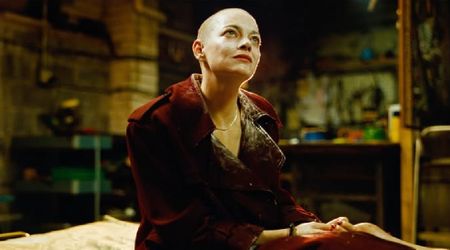Greta Gerwig's 'Little Women' pits two female archetypes within a familial battleground

When Louisa May Alcott wrote 'Little Women', it was loosely based on herself and her sisters. She had a clear heroine, Jo, modeled on herself, while Amy was based on Abigail “May” Alcott. Abigail, like the fictional Amy, also went to Europe to be an artist and married Ernest Nieriker, a Swiss businessman, a decade her junior. Even after marriage, she continued to paint and wrote a book for women wanting to follow in her footsteps -- 'Studying Art Abroad, and How to Do It Cheaply'.
In her journal, Louisa wrote about her sister in 1864, saying: “She is a fortunate girl, and always finds someone to help her as she wants to be helped. Wish I could do the same, but suppose as I never do that it is best for me to work and wait and do all for myself.”
It wouldn't be a stretch to say that there was a bit of the old sibling rivalry between the two sisters and as the one with the "authorial voice", Alcott favored Jo narratively, setting her up as the strong, independent tomboy who suffers for her art while Amy was reduced to being the selfish brat who is the least "virtuous" sister and whose artistic ambitions are secondary to her golddigger ambitions.
Early reviews of Greta Gerwig's adaptation of 'Little Women', say that the film finally does justice to Amy. Instead of the "older sister" lens of the original author, Gerwig, while drawing from Alcott’s novel, also drew from the writer's life and letters (including passages about Abigail), and also her own distinct 21st century-influenced original material.
Under Gerwig's deft hand Amy is transformed from a "brat" to a woman who knows what she wants and goes after it, just like Jo, but in an entirely different way. She uses her feminity as a passport in a way that tomboy Jo never does.
It is the two models of feminity that have clashed over centuries -- the pretty coquette with the golden curls Vs the gamine girl who is "one of the boys" till she is not. Both are also defined by how they relate to men and the power they wield. While Jo uses her brain, Amy uses her looks.
Jo forcibly crafts a path for herself, rejecting the rules society has laid down for her. Amy, on the other hand, subverts them, bending the rules just enough to get what she wants and yet not be ostracized or be labeled "weird".
But at the end of the day, both are models of female rebellion. And it is only in Gerwig's adaptation do we finally "see" Amy as a rebellious female. She might chafe at the binds that her poverty and "genteel womanhood" put on her, but is smart enough not to show it. She knows she will get further by working the system than indulge in outright rebellion like Jo.
Pitting these two models of successful female rebellion within a familial setting (which is its own battleground), means there is an additional layer to the sibling animosity between the characters in the film as they grow up side by side, and pit talent, looks, natural proclivities, and ways of living.
It is then, ultimately, a portrait of how to negotiate being the woman you want to be, not in the context of men, but rather other women with differing notions of "successful" womanhood
'Little Women' released on December 25.










